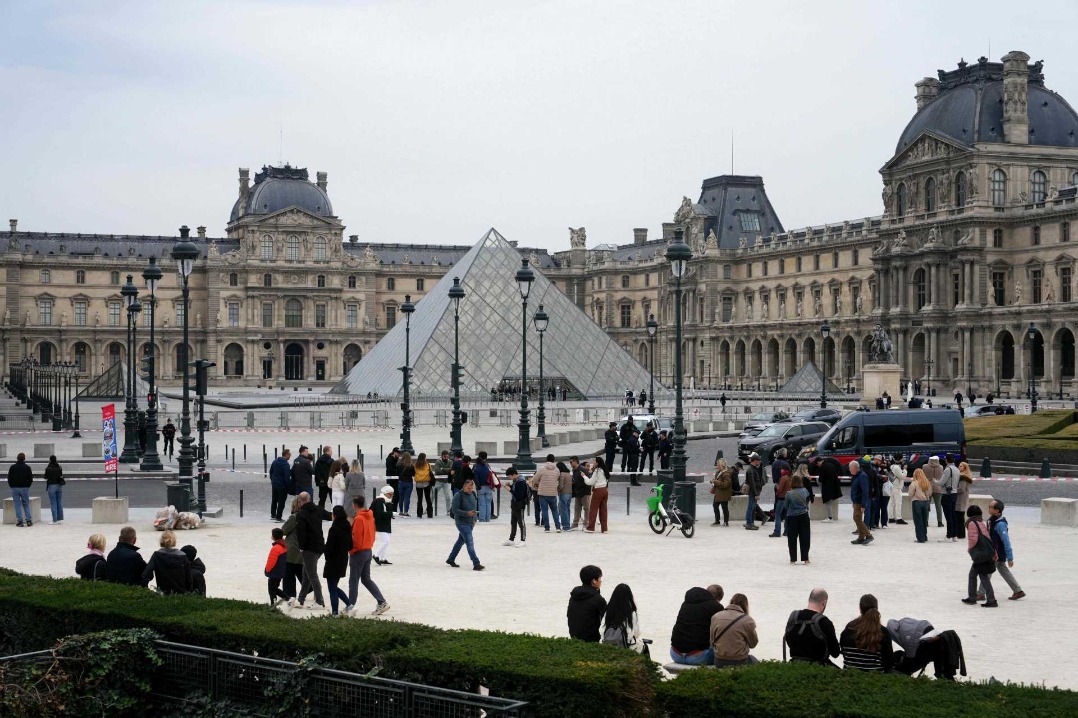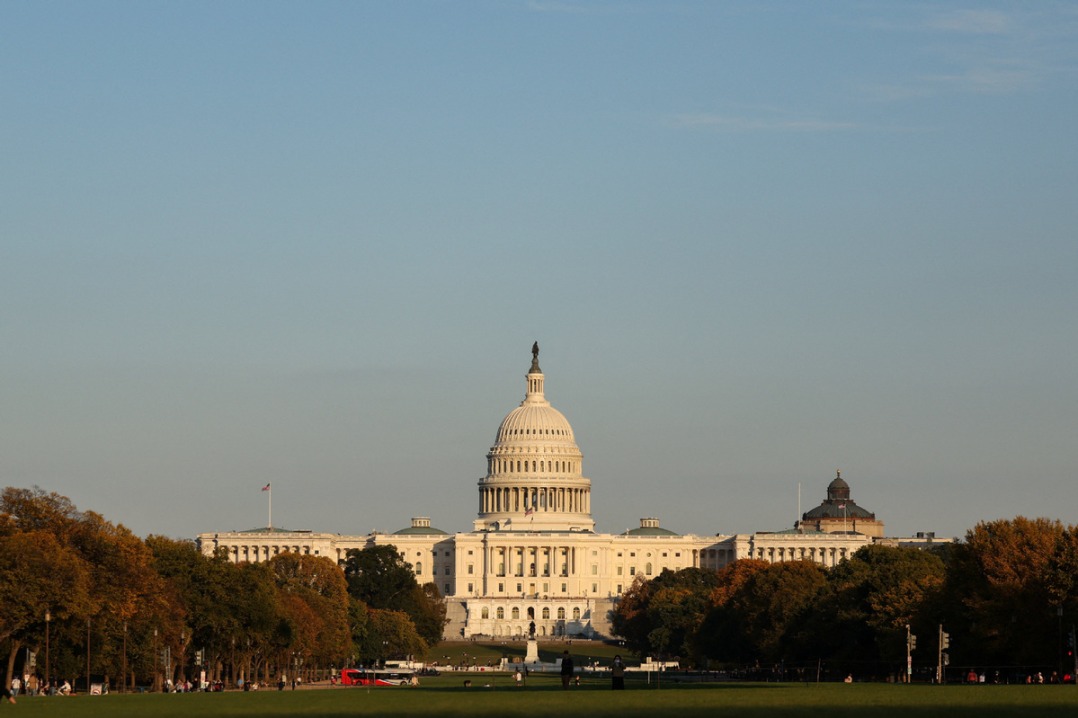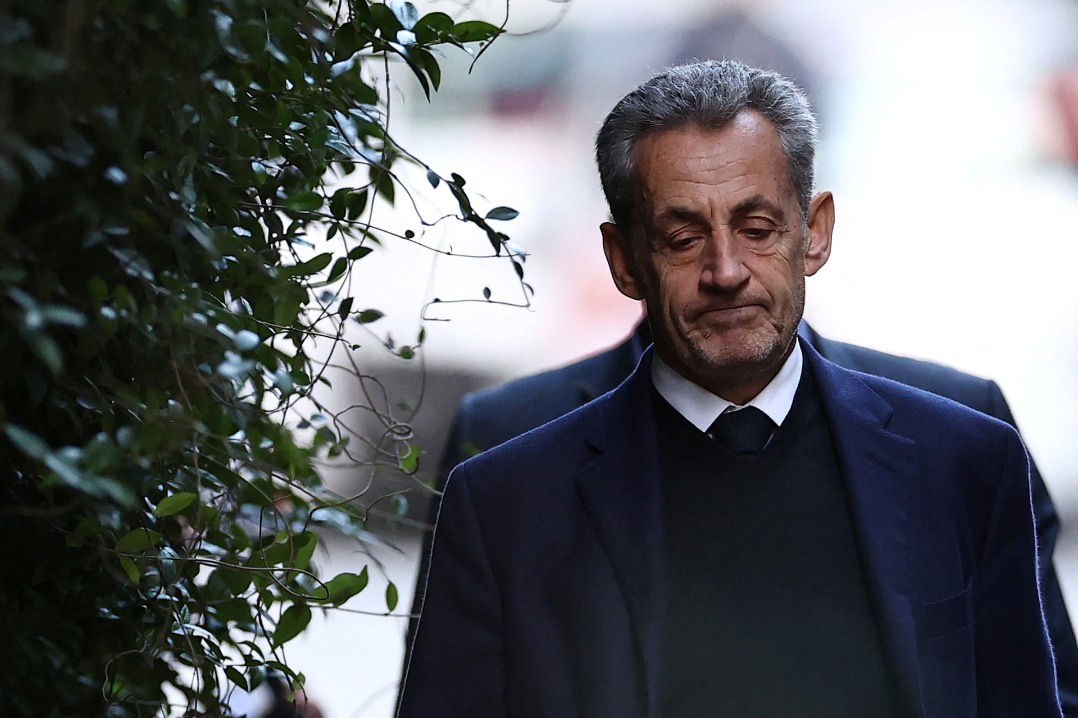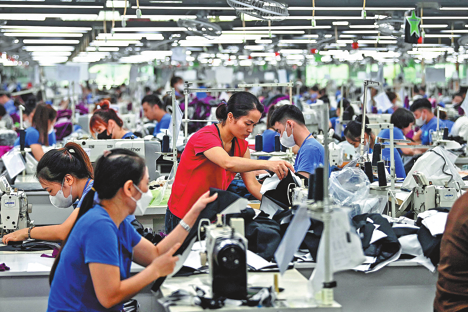Speakers piece together stories of civilizations

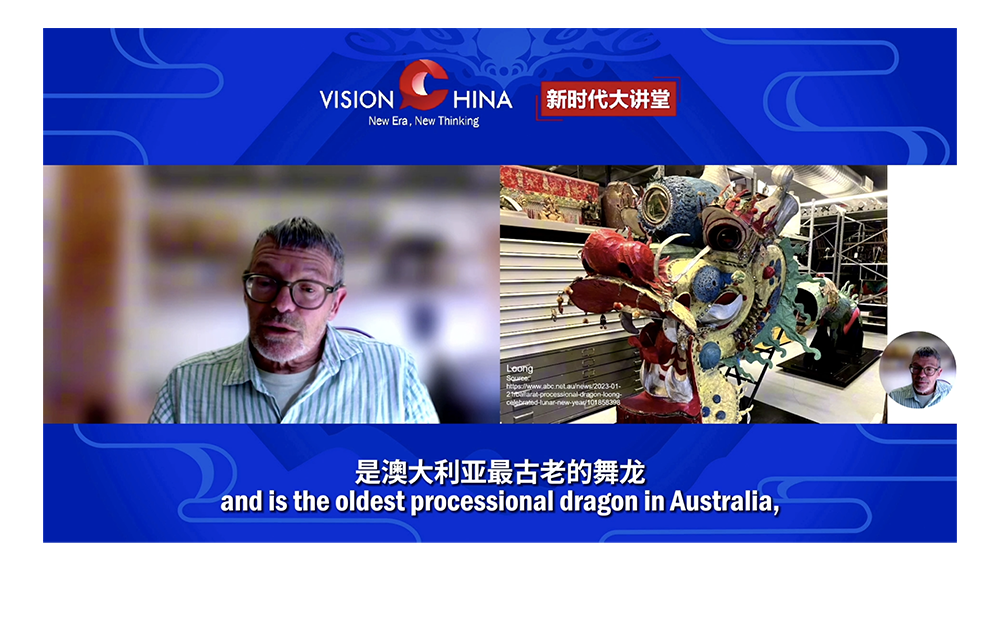
Steve Brown, senior research fellow at the University of Canberra's Centre for Creative and Cultural Research
Australia has a rich heritage that expresses the story of migration working and living in Australia.
For example, the Huawang Chinese Temple and Museum, located in the tropical region of Far North Queensland, is the last timber and corrugated iron Chinese temple in Australia.
Established in 1903, most of the temple fittings, including the elaborate carvings, the bell and metal vessels, were made in China and transported to Australia.
Australia's heritage consists of three categories. First, indigenous or First Nations heritage. Australian Aboriginal people have lived in Australia for more than 65,000 years and occupied all parts of the continent's landscapes.
These landscapes are rich in stories as much as they are in built structures, history and heritage. The best known heritage structure in Australia is the Sydney Opera House, shown here in its beautiful setting in Sydney Harbor.
It is important to note that no landscape in Australia is entirely natural. All landscapes are the product of natural systems, indigenous land use and migrant settler work and leisure.
While some places are listed on the UNESCO World Heritage List, and many important objects are in museums, much of our heritage is the everyday things that individuals and families love and value.
I express my warmest, the most sincere wishes for a happy and joyous Chinese Cultural and Natural Heritage Day. Please do celebrate the biggest and best heritage of your (Liaoning) province, but also the everyday family heritage and stories that are so important to our modern societies. By treasuring a past whether in Australia, China or elsewhere, we can enrich our future.
















